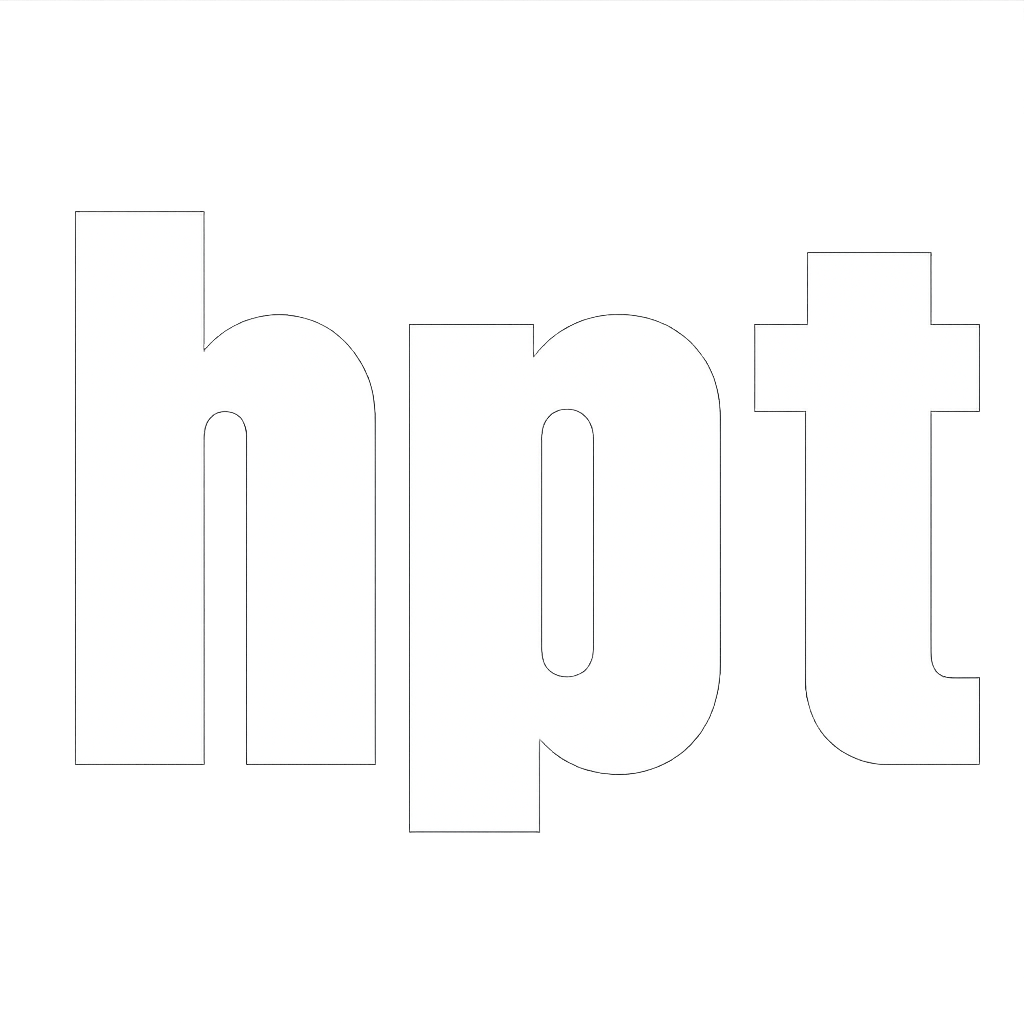Simplifying Race Models
Race modelling isn’t a new thing. It has been around a LONG time. So long in fact, I used it when I raced ! Granted it was a lot simpler 25 years ago than it is now. These days with carb combustion rates, heat monitors, lactates, affordable power meters, and even wind tunnel testing it feels crazy and makes you step away from things.
When building your race model remember two things.
The race model should be based on pace / speed.
That speed comes at a metabolic cost.
Pace and Speed
Races are time based not data based. You should be able to go to your race knowing that you have a goal speed to follow and that effort will come at a specific metabolic cost. A cost that you know from training is able to be sustained across the entire race if you fuel correctly.
This might be confronting as that speed you want to do your Ironman at might have a heart rate response of 160bpm. Not sustainable over 8, 9, 10 + hours
Metabolic Cost
All of the other data is your body’s response to that work. In race modelling its the follower - not the leader. Heart rate, heat, power. All results of how fast you are going.
You must become very familar with what your body does as pace / intensity increases. For me, I know 10watts costs me 4bpm in heart rate as the body works to deliver more oxygen and more energy to the working muscles.
Threshold+
A model we are developing at the moment to help tie training to racing is what I am calling the Threshold+ model. I feel athletes are getting drowned in data and information and we need simplicity.
By using a model that bases goal pace off your current (as tested) thresholds and previous races we can relate to things better. We can take emotion out and have a plan that we know we can execute on in the next race.
(N.B. In this model, + means slower)
70.3 Example :
Swim : +0sec
CSS = 1:36sec/100
70.3 Goal = 1:36sec/100
Bike : +1.5km/hr
Threshold Speed = 36.5 km/hr
70.3 Goal = 35km/hr
Run : +30sec
Threshold Pace = 4min/km
70.3 Goal = 4:30min/km
Once you get this method down you will then be able to work on two things to improve your racing.
Your threshold speed
Your race speed as a Threshold+ factor
You can also then trial different Threshold+ models, for your next race by checking your metabolic cost at those different paces.
Example Pro Run Models :
I have been tracking podium pro run results lately as we can have a good handle on what their likely threshold speeds might be and get an idea of how their model looks
In 70.3 the males and females are simiilar at around a Threshold+ of 20-30sec.
In Ironman the males and females are also similar and are around a Threshold+ of 30-40 sec
Your Turn :
Go back over your data.
Check what your thresholds are and check them against your races over different distances.
What were your Threshold+ results ? Were some resuts better than others ? Why ? Did you test your model in training before the race? or did you just try to get fitter and fitter and just hoped you would go fast on the day?
Now with these numbers you can have a real idea of yoru strengths and weaknesses and tackle those in training.
